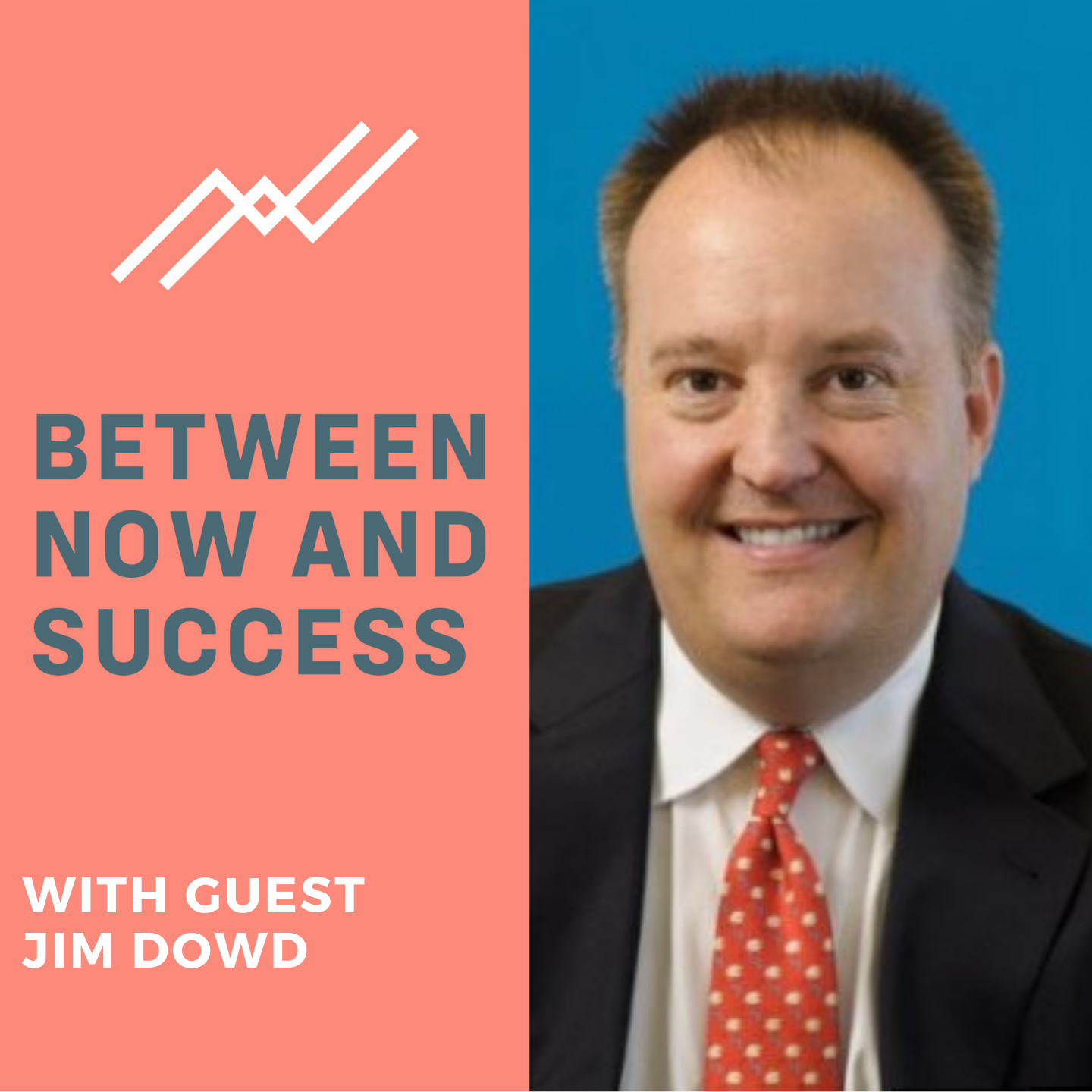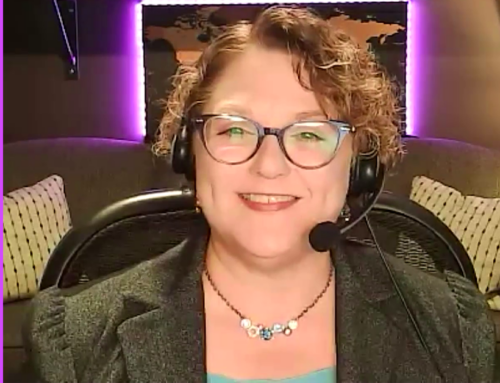Can I interest you in my new cryptocurrency, BelayCoin?
You can use BelayCoin to pay for the services of my company, and every transaction is verified and recorded in the Ethereum blockchain. And over time, the value of BelayCoin may rise to reflect how in-demand my services are.
Now, don’t go running for your credit cards – I’m just kidding. I haven’t actually set up a system like this. But if I did, would I be crazy, or ahead of the curve?
On today’s show, I sit down with Jim Dowd to find out.
Jim is the founder and managing director of North Capital, the leading provider of prime brokerage and technology application services to power financial marketplaces. North Capital also has a Reg D offering called Proof Ethereum, and they intend to invest most of its assets into Ether, which is the value token – the cryptocurrency – that is used on the Ethereum blockchain.
To continue reading the rest of this post, please register below with your email address.
5 Insights from Jim Dowd on Blockchain, Cryptocurrency, Bitcoin
1. Blockchain is redefining, and improving, the traditional ledger system.
“Blockchain is essentially a distributed ledger system that allows different organizations that deploy the technology to create an immutable record of whatever it is that they’re trying to keep track of in a distributed way. There are two key components. Number one, the fact that it’s distributed, meaning that in contrast to a centralized database where you have a single source of records in one place, you actually have multiple different databases that are all synced up and exactly identical, in real-time. So it creates a level of redundancy and transparency and openness that you don’t get from centralized databases. Then the second thing is, it’s a ledger system, where you have equal and offsetting entries that show something that’s happening. In a ledger system you’re actually showing transfers between party A and party B, and those are recorded in the blockchain and then percolated out to all the implementations simultaneously.”
2. Smart contracts on a blockchain could create new, streamlined, person-to-person transactions.
“Let’s say that you have ownership in a property. You decide that you want to transfer that ownership to someone else and create a record of that. In the traditional chain of ownership method, you would go down to your local county clerk’s office, and you’d fill out a deed of transfer, you’d complete other documentation that would have to be notarized and verified, and then typically there’s some kind of exchange of value. Then those documents are recorded at the recorder’s office, and that creates the transaction that changes the chain of ownership for that piece of property.
In a smart contract all of that could, theoretically, be done without all of those different intermediary steps. You could have a situation where the contract stipulates a transfer from one wallet to the other in exchange for something of value, like Bitcoin or Ether or even so-called fiat currency, meaning US dollars. So there’s this promise that with the smart contracts you could have self-executing transactions that don’t require the degree of bureaucracy and paperwork and inherent lack of control and security that you can build into the blockchain itself.”
3. Because blockchain is “trustless,” it’s easier to trust.
“A critical element of blockchain technology is the fact that it’s described as ‘trustless.’ What that means is that you don’t need to have a central trust authority that says and verifies, ‘This is the balance that’s there,’ because the balances are independently verifiable by every transaction that’s occurred in the blockchain.
So there’s actually an initiative that we have going on right now that will issue a token for investors who establish their accredited status, and that token can then be used with multiple parties who don’t have all the financial information, where those parties could rely on our representation, or the issuer of the token’s representation that the investor is accredited. That kind of capability is a very practical one where we’re cutting down on paperwork, we’re cutting down on security risk, and we’re creating a service that currently isn’t available in a seamless way.”
4. Advisors could harness blockchain for exciting horizontal integrations.
“Imagine that you became part of a service network, where there was an investment advisor, an estate planning attorney, a tax preparer, a network of a hundred different experts in a hundred different fields, who could all deliver unique insight and expertise related to financial services. That might be a network where the network would issue a coin, and that coin might be usable across the entire network.”
5. Blockchain is fast, flexible, reliable, and cost-effective.
“Blockchain is like running a proprietary network on public rails. You have this existing infrastructure, there’s an existing code stack and methodology for creating the tokens, and then it really is up to the issuer of the token, the developer of the token, to decide how they want to use that and to provide the attributes of that token. If you decided tomorrow that you wanted to create a token for some service that you wanted to provide, you could do that quite easily and inexpensively on the Ethereum network. That’s a very low cost way to be able to create an immutable record.”
Resources
– North Capital Visit Jim and his team online.
– Proof Ethereum Read about Jim’s Reg D Ethereum offering.
– “Digial Gold” by Nathaniel Popper Jim recommends this primer on blockchain and cryptocurrencies.
– “Between Now and Success” – Alex Tapscott My conversation with the author of “Blockchain Revolution: How the Technology Behind Bitcoin is Changing Money, Business, and the World.“
– Values Clarification Toolkit Click here to download this FREE tool and start living your values.





